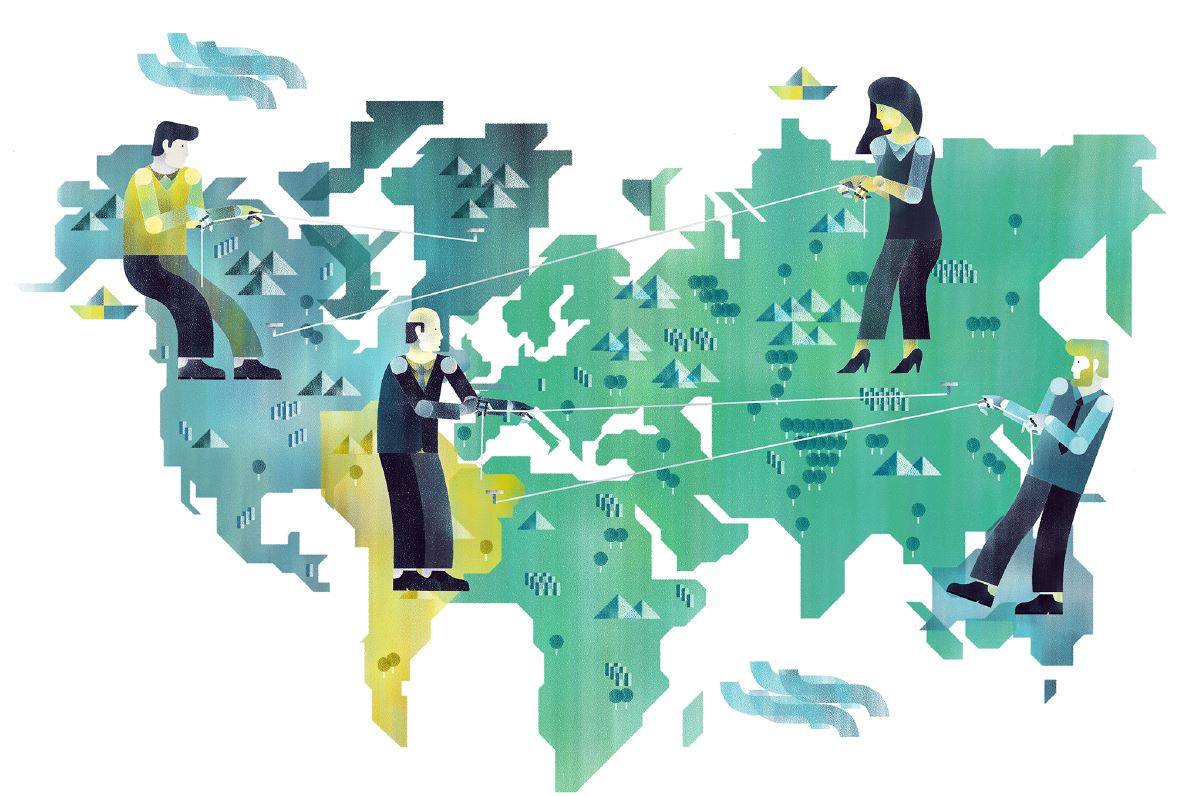
IESE Insight
Benchmarking globalization to boost business connections
Global strategist Pankaj Ghemawat and Steven A. Altman unpack the findings of their DHL Global Connectedness Index and predict how globalization might evolve.
By Pankaj Ghemawat & Steven A. Altman
Not so long ago, globalization seemed an unstoppable natural force destined to strip the borders and distances that separate countries and regions of virtually all relevance. Then the global financial crisis hit, decimating trade and capital flows, and sparking calls for protectionism. The result is that what many once viewed as inevitable — the globalization of the world in which we live — is now in limbo.
Globalization has entered a new age — an age of ambiguity, which highlights a need to measure global connectedness. Understanding the patterns of economic linkage, and how they are changing, is the primary purpose of the DHL Global Connectedness Index that we and our team of researchers periodically produce at IESE Business School and at the Center for the Globalization of Education and Management at the New York University Stern School of Business.
The index provides a comprehensive and timely account of global connectedness, backed by regional and country-level analyses covering 140 countries that together represent 99% of the world’s GDP and 95% of its population. It focuses on 12 types of trade, capital, information and people flows, and is based entirely on hard data to separate the facts about global connectedness from fiction, or “globaloney.”
Unlike any other study of its kind, the DHL Global Connectedness Index considers not only the depth (i.e., intensity relative to their domestic counterparts) of international interactions, but also their geographic distribution (breadth) and directionality (outward versus inward).
Thanks to its focus on hard data — capturing actual interactions rather than enablers or proxies — the index is the only one of its kind to register the steep drop-off in trade and capital flows that accompanied the global financial crisis.
In November 2014, we released the 3rd edition of the index, covering the 2005-13 period. In this article, we will discuss the broad developments it identifies and their potential implications for nations and multinational companies alike.
We will also explore the global connectedness of four Western economies — Spain, the United Kingdom, Germany and the United States — and tentatively suggest ways in which globalization might evolve in the near future.
The full article is published in IESE Insight 24 (Q1 2015).
This content is exclusively for personal use. If you wish to use any of this material for academic or teaching purposes, please go to IESE Publishing where you can purchase a special PDF version of “Benchmarking globalization to boost business connections” (ART-2673-E), as well as the full magazine in which it appears, in English or in Spanish.


